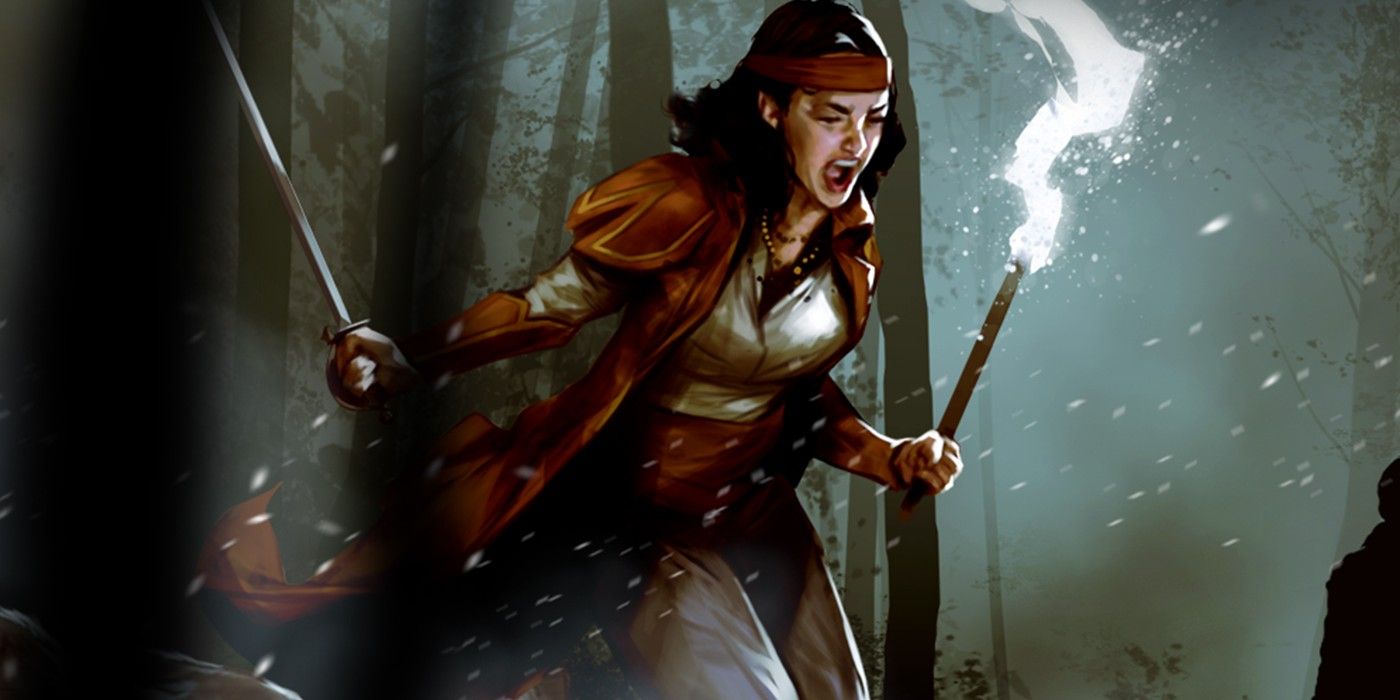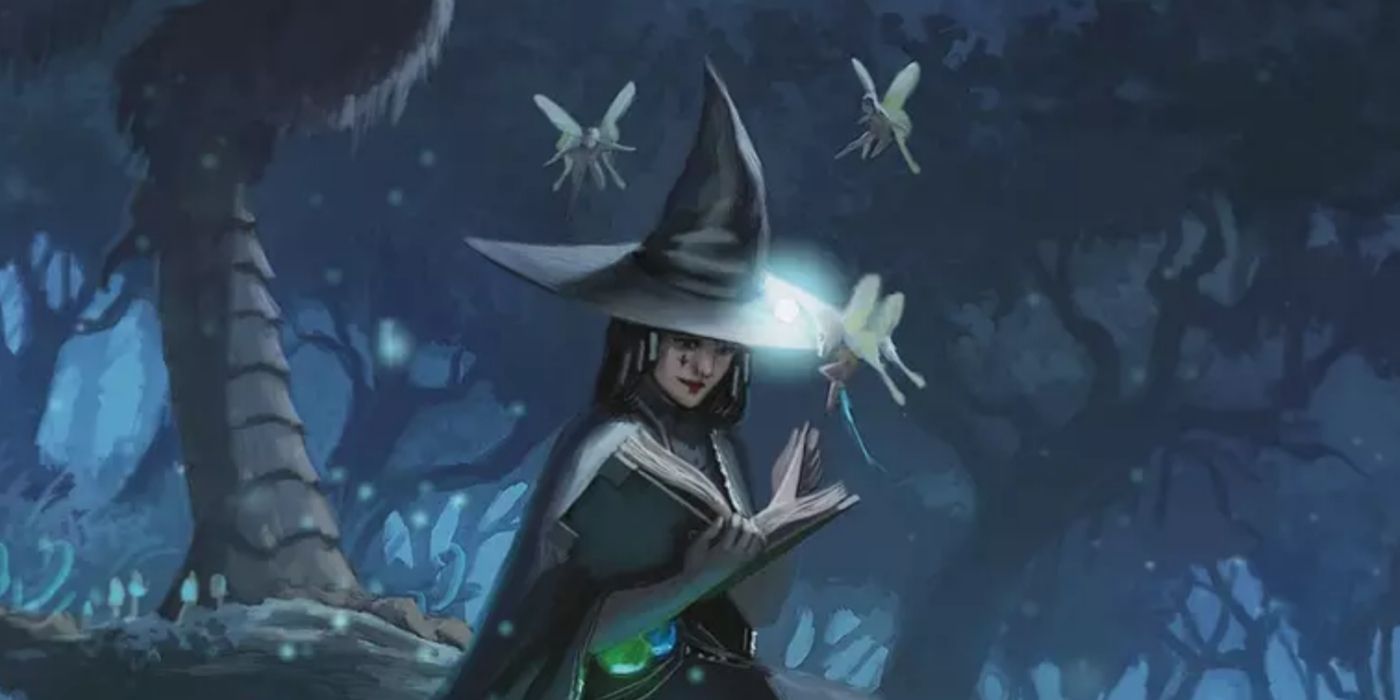There are many species-specific abilities that can be a boon in Dungeons & Dragons. While some creatures receive a bonus to certain modifiers, like the Orc species getting a boost in Strength and Constitution, other abilities are less obvious and incredibly powerful. Darkvision in Dungeons & Dragons seems like an innocuous perk when first setting up a character, but the ability to see clearly in the dark can take the challenge out of certain areas while exploring.
Darkvision is an ability that allows certain creatures to see in dimly lit or completely dark areas. Dungeons & Dragons species with this ability can only see in greyscale when in dark spaces. The ability applies to creatures that live underground, like the Drow, Dwarves, Gnomes, Tieflings, and Orcs. Those playing any elven race will find they also possess Darkvision.
In addition to Darkvision being a bonus to many Dungeons & Dragons races, it can also be cast as a spell. The Darkvision spell is a 2nd level Transmutation buff that can be cast by Wizards, Sorcerers, Rangers, Druids, and Artificers. Darkvision can cast on the player, or a creature they can touch, for an 8-hour duration. While this may seem like an amazing trick to prevent any party member from getting lost in the dark, the easy access to D&D's Darkvision may damage campaign challenges.
Darkvision Creates Problems For Dungeon Masters When Exploring
Dungeons & Dragons DMs are often attempting to set certain tones for their players as they lead the party through different challenges. This could be a grand hall filled with people, a tavern stinking of ale, or a dark room filled with secrets. If a Dungeon Master is attempting to lead the players through a space that is dim and creepy, the anxiety of limited sight is removed with Darkvision. While a human D&D character might not be able to see the monster hiding in the corner of the room, any species with Darkvision will be able to see it without a problem. It can also take away the thrill of searching in the dark for a specific item if a Dungeons & Dragons player can simply walk into a room and roll a Perception or Investigation check like they are in a fully lit location.
To help balance the effects of Darkvision during a D&D campaign, there are a few ways DMs can create restrictions. The first is using magical Darkness. This is an unnatural cover on a room that prevents the use of Darkvision unless the players can find its source, or successfully challenge the spell and remove it. Some DMs have even opted to remove Darkvision from all but a few races, to balance the boon. This can be a game-changing decision when running a campaign like The Curse of Strahd, which relies heavily on dark locations for mood and setting. Limiting Darkvision abilities helps preserve the challenge of Dungeons & Dragons campaigns, and keeps needed settings dark and spooky.


